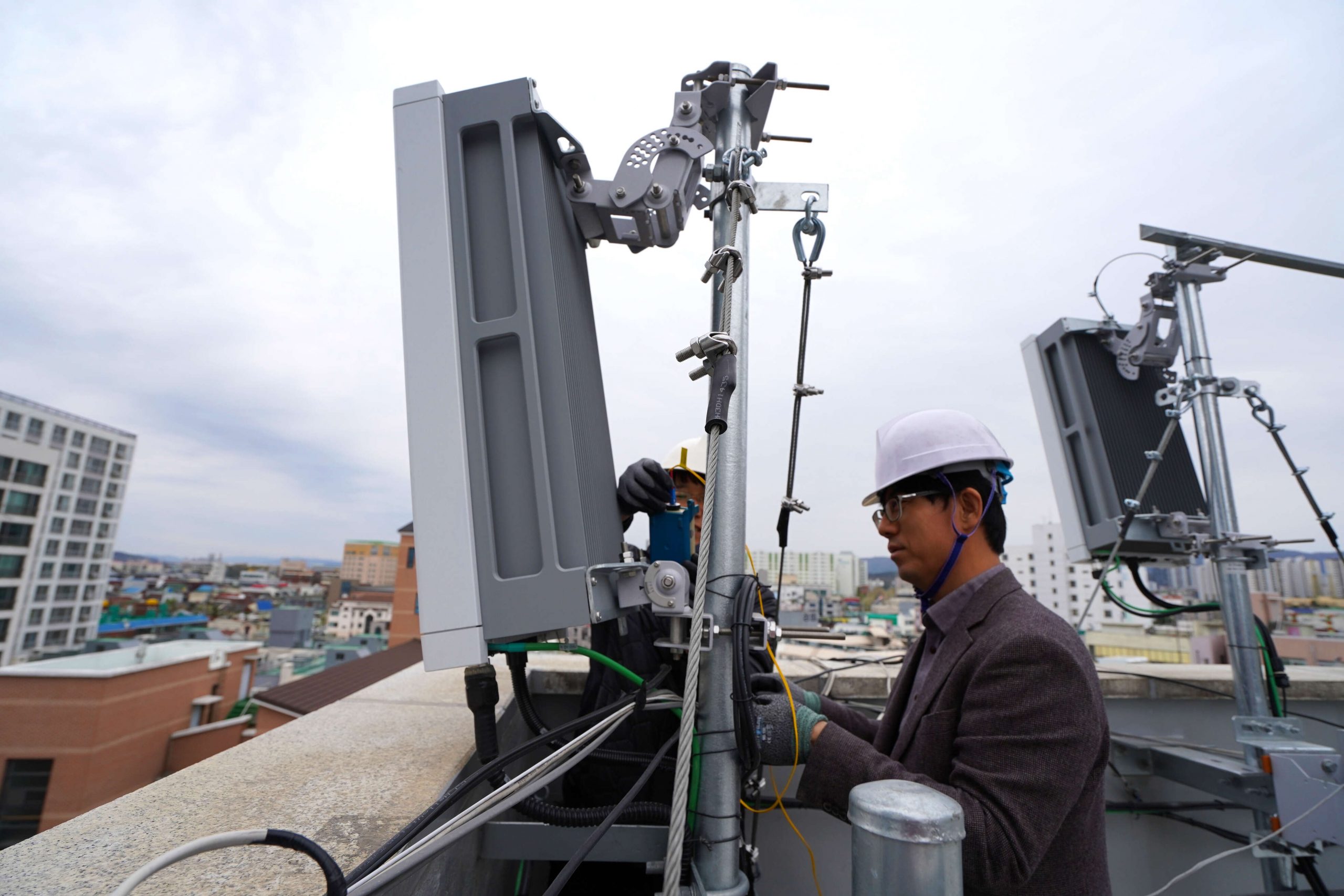Can 5G be green? Viewing from a sustainability standpoint. (Image: Pixabay)
In our last article, we discussed a few advantages of 5G technology in terms of sustainability. We will now take a look at the disadvantages in our follow-up article. Is 5G really green, or are the tech giants trying to sweep certain issues under the carpet?
Shristi Mangal Pal (Freelance Journalist)
1. A rise in demand would lead to increased waste production
Claire Curran, a fellow at the International Policy Institute of Cybersecurity, commented on the environmental impact of 5G in a 2020 article published on the University of Washington website. According to Curran, the biggest environmental issues arise in the manufacturing of the many components of 5G infrastructure. Once 5G technology makes its way into the tech-savvy market, the proliferation of new devices compatible with the 5G network would accelerate production demands on manufacturers. She further speculates the generation of copious amounts of waste during the manufacturing and maintenance processes of the new technologies associated with 5G. Increasing production demand could lead to less sustainable production measures, as companies may back away from their moral promises at the sight of glittering Dollars.
2. Higher energy consumption
Curran also fears that the 5G network will inevitably lead to higher energy consumption by consumers – further driving the harmful precursors of climate change. It is true that 5G networks can be up to 90 per cent more efficient per unit of data than 4G networks. However, 5G networks do require more energy due to their higher network density, heavy reliance on IT systems and infrastructure, higher network usage and accelerated traffic growth. According to a study by STL Partners and Vertiv (“Why Energy Management Is Critical To 5G Success”), global 5G traffic will overtake 3G/4G as early as 2025. Sustainability is thus becoming an urgent priority for operators. 40 percent of the companies surveyed said that energy efficiency is the first or second priority when building 5G networks.
3. A potential hazard for animals and birds
The currently available research investigating the effects of 5G technology on invertebrates, vertebrates and vegetation has produced exceedingly mixed and contradictory results. Several scientific studies were reviewed in a recent literature review on the effects of exposure to radiofrequency electromagnetic fields (RF-EMF; a technology present in 5G networks) on flora and fauna. The literature search conducted by the European Parliamentary Research Service found a certain number of studies that concluded that there could be behavioural and reproductive side effects in birds and bats exposed to RF-EMF.
Other minor, but visible genotoxic effects have also been observed in other vertebrate species. Such disruptions could threaten our fragile ecosystems. In a study by the Centre for Environment and Vocational Studies at Punjab University, researchers found that sparrow eggs were disfigured after being exposed to radiation from a mobile phone tower for 5-30 minutes.
Researchers often point to the insufficiently researched electro-sensitivity of people and the heating of tissue by electromagnetic radiation. According to the Federal Office for Radiation Protection (BfS), however, this is harmless if the limits are observed; BfS considers that there is still a need for research, particularly in the area of the frequencies above 26 GHz, which are still in seldom use (see here). With regard to the 5G network, the installation of the antennas required for it is also being criticised, making it difficult to predict radiation intensities in concrete terms. You can read more about the classification of radiation in the article: “How dangerous are 5G waves?”.
4. Overflowing landfills and improper disposal of E-waste.
A more serious concern emerges when looking at the consumer world: there are now estimated to be more than six billion mobile device users worldwide. The introduction of 5G technology and significant leaps in performance could mean that companies would need to increase production to meet growing consumer demand. As consumers across the World switch to 5G phones, many older phones and IoT devices will be discarded. Without re-purchasing or recycling plans, this will lead to huge amounts of E-waste, which is already a major problem globally. The questionable management of e-waste remains a top priority issue for several environmental groups, as does the potential mining of non-renewable metal ores.
Conclusion
The 5G technology and its implications for the welfare of our planet undoubtedly require intensified research. Nevertheless, one thing is clear: 5G, just like its predecessors, has evolved out of man’s curiosity and desire for speed and progress. Given the urgent need to combat climate change, we must assume our responsibility for a cleaner and greener future while continuing to innovate. The 5G technology, thus far, presents no novel or distinct sustainability issues compared to other already existing applications in the networking/IT industry.
We have weighed up some of the arguments for and against the impact of 5G on the environment. While many sources argue that 5G will have a positive impact from a sustainability perspective (read Part 1 of our sustainability analysis), many, on the other hand, deny this. Yet, it is clear that the call to act sustainably while paving the way for technological progress is what the future demands. The decisive factor here will be the development over time.
Write to us if you would like to contribute to the arguments pro/contra sustainability or use the comment function.









Leave A Comment